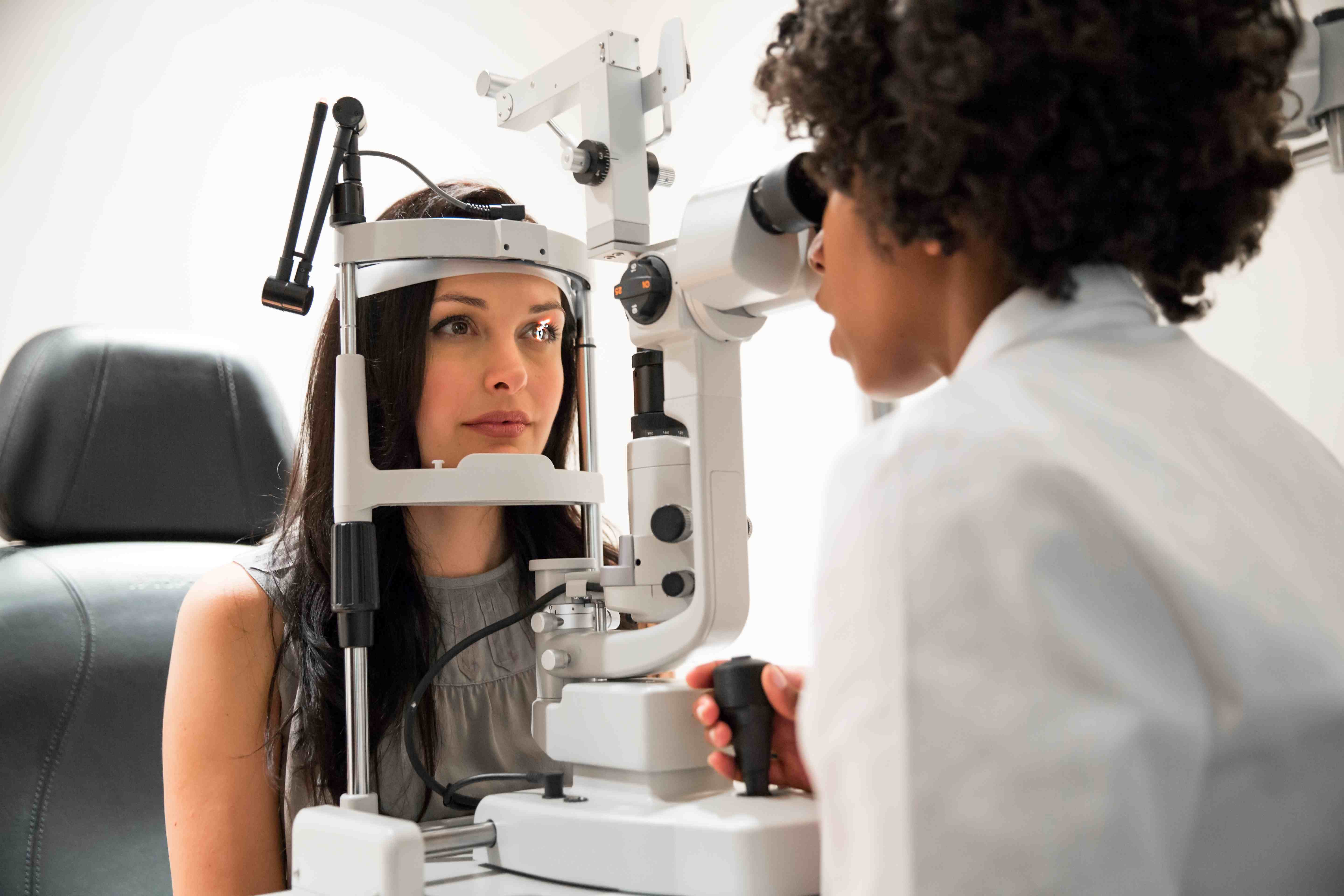Comprehensive Eye Exam
The Importance of a regular eye exam for adults:
During your eye exam the optometrist will not only evaluate your eyes for visual correction (whether or not you need eye glasses or contact lenses), they will also be checking the overall health and function of your eyes.
Many eye diseases have very miniscule or slow progressing symptoms which cannot be detected without a comprehensive eye exam. It is important to catch eye diseases during their early stages, as some diseases, like glaucoma, are irreversible. Fortunately, early detection can make it significantly easier to manage the disease, and preserve vision.
Examples of what the doctor is looking for:
- Refractive Error: This refers to your prescription and is corrected with eyeglasses, contact lenses or surgery.
- Binocular Vision: This has to do with how the eyes work together and the comfort of vision.
- Eye Diseases: This involves checking the anatomy of the eyes, including the blood vessels and nerves. Diseases include diabetes, macular degeneration, glaucoma, cataracts and many others.
- Eye Problems or Discomfort: This includes dry eyes, computer syndrome and blepharitis amongst other things
After a thorough eye exam at our clinic, we will help you understand various aspects of your eyes and vision. Using the information provided by you and the tests we do, we can then present all the options available and work together to provide the optimal plan to provide the clearest, most comfortable vision and healthy eyes. We will also answer any questions and provide strategies on how to maintain the best possible vision and eye health.
How often should I get an Eye Exam?
Adults should have eye exams every 1-2 years depending on their eye health and family history. Contact lens wearers, people with high risk of glaucoma, high prescriptions and people on certain medications should be seen yearly.
Seniors 65 years old and over are covered by OHIP to get annual exams and are recommended to do so. Many eye conditions tend to appear at this time so monitoring annually is definitely beneficial.
We use different machines and forms of technology, including a retinal camera, OCT, and visual field machine to help monitor and detect various conditions of the eye.
Retinal Camera A retinal camera is a specialized low power microscope with an attached camera designed to photograph the interior surface of the eye, including the retina, optic disc, macula, and posterior pole (i.e. the fundus). This allows us to assess the eye digitally and store images that can be used as a reference in the future to monitor eye health changes.
OCT An OCT (Optical Coherence Tomography) test takes a scan of the eye and can look at the thickness of various layers of the eye. This is important to detect certain conditions before they affect the visible surface of the inner eye, which is usually what is assessed during an eye exam. This information is combined with other tests to determine if eye health is compromised.

